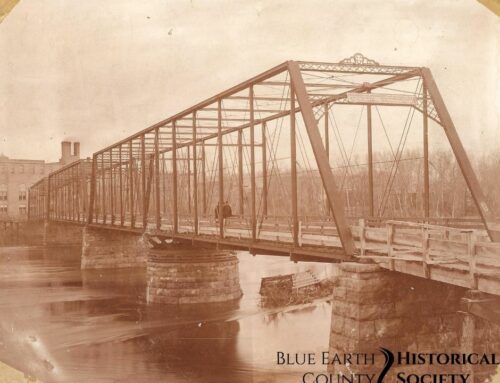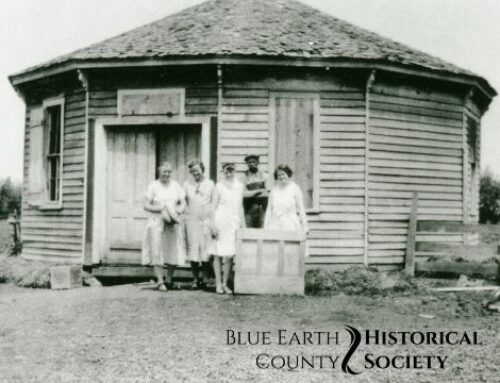When Captain Samuel Humbertson sailed past South Bend in 1853 he immediately resolved to settle there. His fellow crewmate’s agreed wholeheartedly and soon they began a small settlement. So small- in fact- it is considered one of the smallest in Blue Earth County. The men were astounded by the lush forest landscape and mesmerizing rocky surroundings. A large portion of this land was sectioned off to become Minneopa State Park, a very popular attraction today. This park also contains a famous historical landmark, the Seppmann Mill.
Five years after its settlement, a resort was opened in South Bend by a man named Miner Porter. The resort’s grounds were adorned with flowers and play equipment, along with a sign that read: Minneinneopa, which translates to “water falling twice” in Dakota. This name matches synonymously with the park because of the beautiful twin waterfalls located within. After the park was opened a town site with the name Minneopa was laid nearby and the park was renamed Minneopa Park. Residents were delighted with the lavish site and its close proximity to the falls. It continued to thrive until 1875 when a grasshopper plague ravaged the township, wiping out many resources and destroying the crops. This did not stop visitors, however, from traveling to see the famous park. A report in The Daily Press remarked that Minneopa was “… one of the most lovely and picturesque spots in the whole state.” People would travel from far away to get a glimpse of the falls, and often spend the day picnicking and leisurely exploring the grounds. In 1921 the park recorded an average of 25,000 to 30,000 visitors a year. In 1988, this number almost tripled to 73,000 visitors a year.
A few miles from the park sits the famous Seppmann Mill. The mill was started by Louis Seppmann in 1862 for the purpose of milling wheat. It was constructed using thick slabs of stone and timber located on Seppman’s property. It was finished in 1864 after being delayed by the U.S.-Dakota Conflict. Eventually, as new technology emerged, the mill became less profitable. It ceased operations in 1907. Currently, it remains a historical landmark connected jointly to Minneopa Park. Although you cannot enter the mill today, visitors can still appreciate the craftsmanship and perseverance visible in the mills exquisite quality.





Leave A Comment